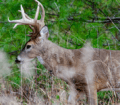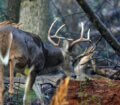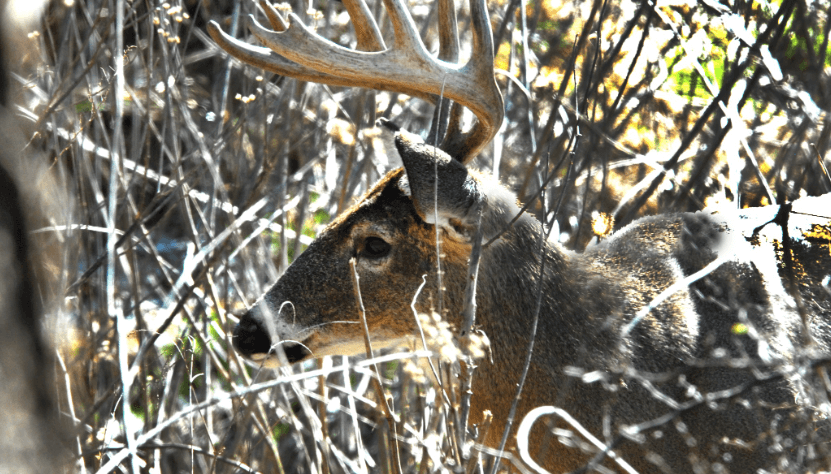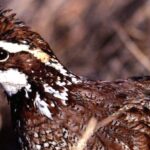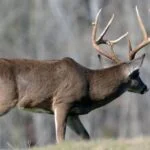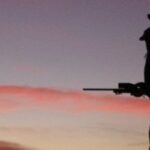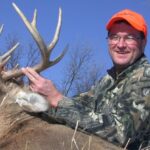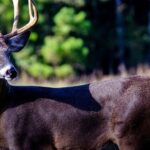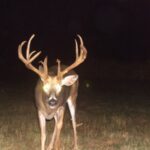Editor’s Note: Patterning is a term used frequently in the out-of-doors. Fishermen talk about patterning bass, duck hunters speak of patterning waterfowl, and deer hunters discuss patterning deer. What few of us fail to realize is that deer pattern people to survive. The older the buck, the quicker he learns to pattern hunters. The greater the hunting pressure, the easier the people and the deer are to pattern. Young bucks often die quickly. Older bucks that rely on their instincts from years past know when, where and how to retreat for cover when a human enters the woods. If you understand the mature buck deer, then you can think like him. Each buck in every situation is different, but let’s look at some examples of how to hunt these monarchs of the woods.
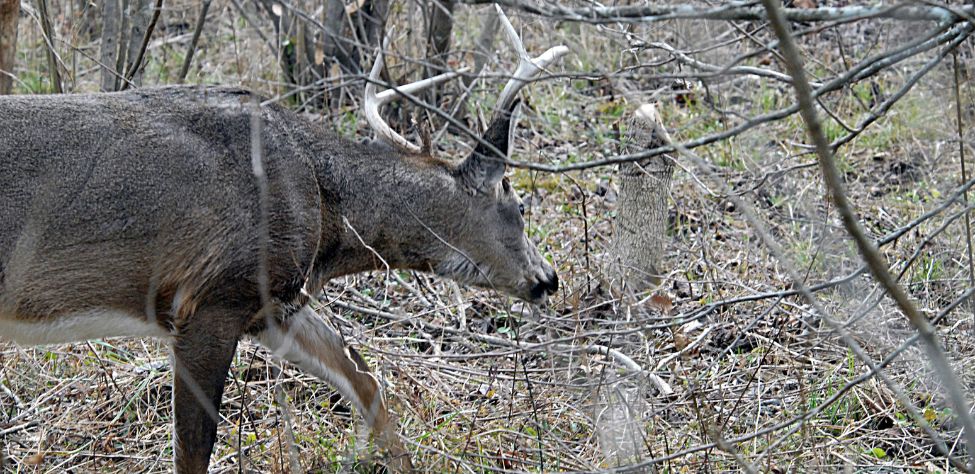
Honey Holes Where Deer Stay
Since the older, bigger, smarter bucks learn quickly to pattern hunters and know how to avoid them, during hunting season in high-hunter pressure regions, these bucks will remain in what many hunters call honey holes – places where these bucks will be safe from the hunter, and where the hunter rarely thinks of looking for a buck.
- Ditches Next to Main Roads Leading to Hunting Camps: Some honey holes I’ve encountered include ditches right beside main roads leading to hunting camps. The buck soon learns that vehicles go up and down the road during hunting season, but no one ever stops to hunt these places – assuming that the traffic up and down the road spooks the deer. However, mature deer have learned the vehicles themselves pose no threat – what’s in the vehicle – the human – is what brings the harm. So, these ditches along the sides of main roads provide sanctuary for trophy bucks.
- Briarpatches or Thick Brush Close to Hunting Camps: Another honey hole I found one time was a briar patch within 50 yards of a busy camp house. A big, smart buck had learned he could stay in that briar thicket during daylight hours, slip in and out of the thicket after dark and remain safe from hunters all season long.
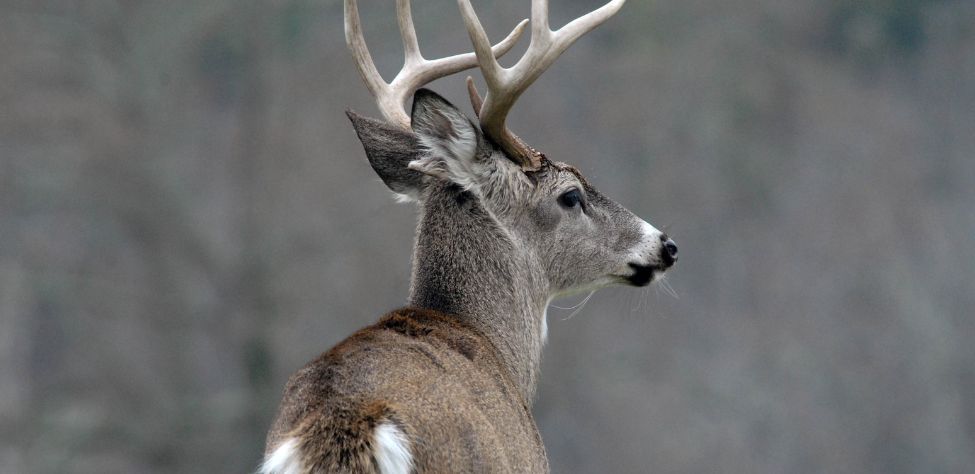
- Middles of Cotton Fields: A biologist from Mississippi once told me that when he flew over cotton fields in heavily-hunted areas, he often spotted trophy bucks lying in the middles of cotton fields. Although the hunters were in the woods, the big deer were hidden in the cotton fields where the hunters never thought to look.
- Escape Routes Near Where Hunters Park: Other hunters have taken trophy bucks along escape routes within 100 yards of where hunters park their vehicles to go into the woods. Some older, wiser bucks will bed close to the road and flee into the woods when the first car doors slam, using the escape route to go deep into the woods before the hunters ever enter the forest.
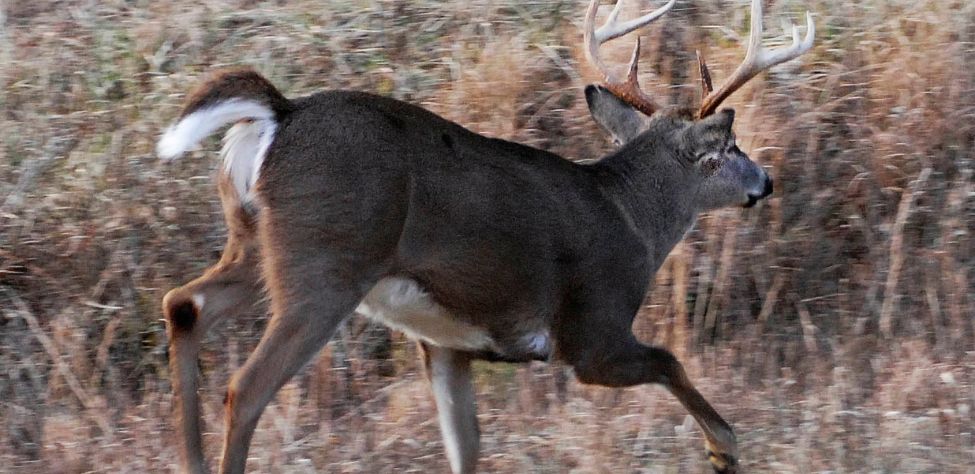
Aerial Photographs
To pinpoint one of these honey holes that may contain a trophy buck, obtain an aerial photograph of the land you hunt. Use magic markers to draw a flow chart showing where most of the hunters enter the woods, and where they hunt. As you diagram the hunting pressure, you soon will learn where the bucks must be to survive. If you’ll hunt the places no one else does, you may bag a honey hole buck.
Tomorrow: Use Apps and Maps to Hunt Deer

How to Hunt and Take Big Buck Deer on Small Properties
In this book, you’ll hear from 14 hunters who either have gained permission or leased properties as small as six acres to as much as 250 acres, and how they consistently take older-age-class bucks off these little lands.
VERSIONS: AUDIBLE, KINDLE & PRINT

Jim Crumley’s Secrets of Bowhunting Deer
Using a black magic marker and a gray work jumpsuit, Jim Crumley of Buchanan, Virginia, drastically changed the nature and purpose of hunting camouflage when he created the first sportsman’s camouflage – Trebark. Crumley’s love of bowhunting and his desire to be more invisible changed hunting clothing forever.
In this hunting guide, he shares the wisdom that he’s learned throughout his lifetime about how to be a hunter, how to find a deer lease, how to scout for deer, and more.
Special features include how to:
- Have a magic 60 acres to hunt
- Decide the best equipment to use
- Find deer year-round
- Locate land to hunt
- Know the best place to put your tree stand
- Get bucks within bow range
VERSIONS: AUDIBLE, KINDLE & PRINT

How to Hunt Deer Like a Pro
How do you know if the land you hunt has a trophy deer on it? Wildlife manager Bob Zaiglin, of Uvalde, Texas and Jim Crumley, the father of modern-day hunting camouflage, tells you how to find out. GPS can make finding and taking that trophy buck easier. This hunting guide will teach you how to hunt big bucks where no one else can find them, how to call deer, and how to become versatile as a deer hunter, so that if one deer tactic doesn’t work, another one will.
In the chapter, “How to find Bucks at Scrape,” Dr. Keith Causey, retired professor of Wildlife Science at Auburn University, describes the best way to hunt a scrape.
Brad Harrison of Neosho, Missouri, is a nationally-known videographer, professional deer hunter and master at calling deer. Another master is Will Primos of Primos Game Calls. These two experts will tell the best deer calls and when to use them in this book.
And for over 20 years, Bo Pitman, lodge manager of White Oak Plantation, has been studying deer movement patterns. He explains what types of conditions are best for predicting deer movement.
VERSIONS: AUDIBLE, KINDLE & PRINT

Deer hunting and deer hunters are drastically changing each year. To learn new techniques for hunting deer and have more places to hunt, I’ve interviewed some of the best deer hunters in the nation and share their tactics in How to Hunt Deer Like a Pro: Volume II.
In Chapter 10, Jacob Lamar tells you his tactics for consistently taking older-age-class bucks on public lands in several states. Chapter 11, Bob Walker explains how to find places on public lands where you can hunt that 99 percent of the other hunters never have considered hunting. The Bonus Chapter with David Ramey tells you how, where, when and with what equipment to take big Kansas bucks on public lands by hunting in 100-degree weather when others won’t hunt.
Chapter 13, Mark Drury, his family and his guests take mature bucks every season by having more small places to hunt rather than one large property. Drury explains the strategy of having satellite farms to hunt that only may be 50-150 acres each or less. Chapter 15, Pat Reeve, who hunts far-northern states and Canada, says, “I don’t like hunting for mature bucks until the weather is 20 degrees or less.” Chapter 4, Dr. Larry Marchinton says that funnels are the most-reliable stand sites to hunt for big bucks and tells why.
VERSIONS: AUDIBLE & PRINT

